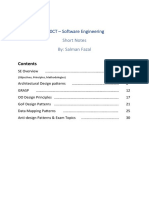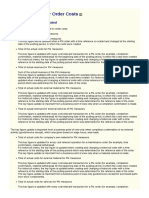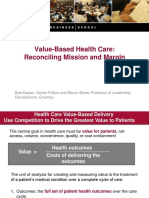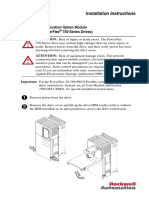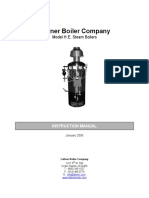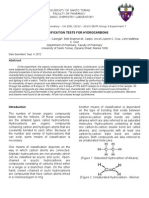0% found this document useful (0 votes)
6 views8 pagesSoftware Engineering Notes
The document outlines key concepts in software engineering, including the Software Development Life Cycle (SDLC) phases, various software development process models, and Agile methodologies. It also covers Software Requirement Specifications (SRS), estimation techniques, scheduling, risk management, UML diagrams, design principles, testing approaches, and cyclomatic complexity. Each section provides essential information for understanding software development processes and practices.
Uploaded by
saigudipati9000Copyright
© © All Rights Reserved
We take content rights seriously. If you suspect this is your content, claim it here.
Available Formats
Download as PDF, TXT or read online on Scribd
0% found this document useful (0 votes)
6 views8 pagesSoftware Engineering Notes
The document outlines key concepts in software engineering, including the Software Development Life Cycle (SDLC) phases, various software development process models, and Agile methodologies. It also covers Software Requirement Specifications (SRS), estimation techniques, scheduling, risk management, UML diagrams, design principles, testing approaches, and cyclomatic complexity. Each section provides essential information for understanding software development processes and practices.
Uploaded by
saigudipati9000Copyright
© © All Rights Reserved
We take content rights seriously. If you suspect this is your content, claim it here.
Available Formats
Download as PDF, TXT or read online on Scribd
/ 8

